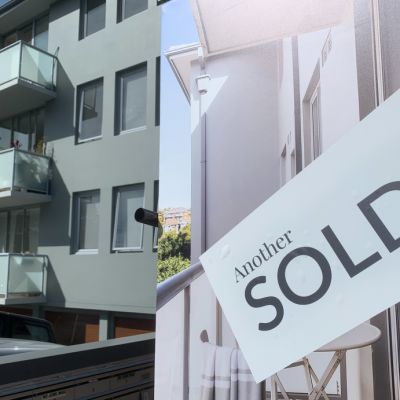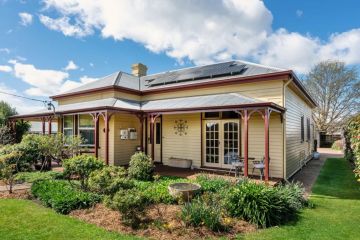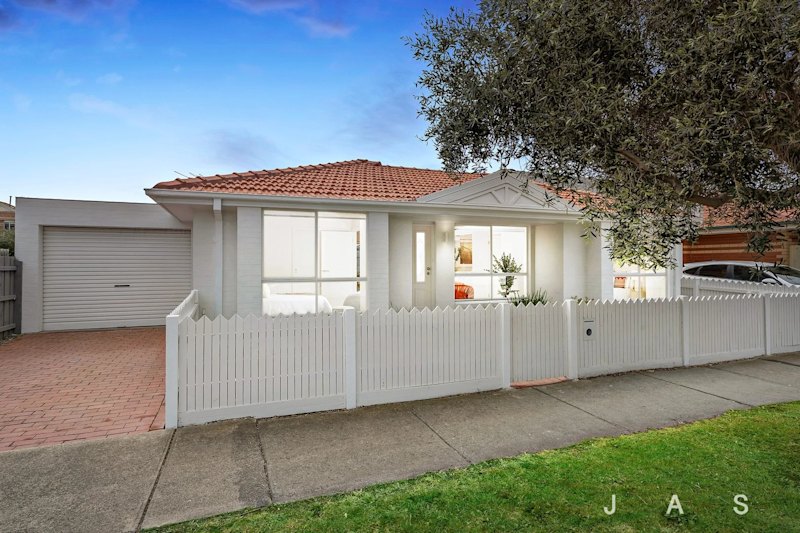10 easy ways to reach your deposit goals faster
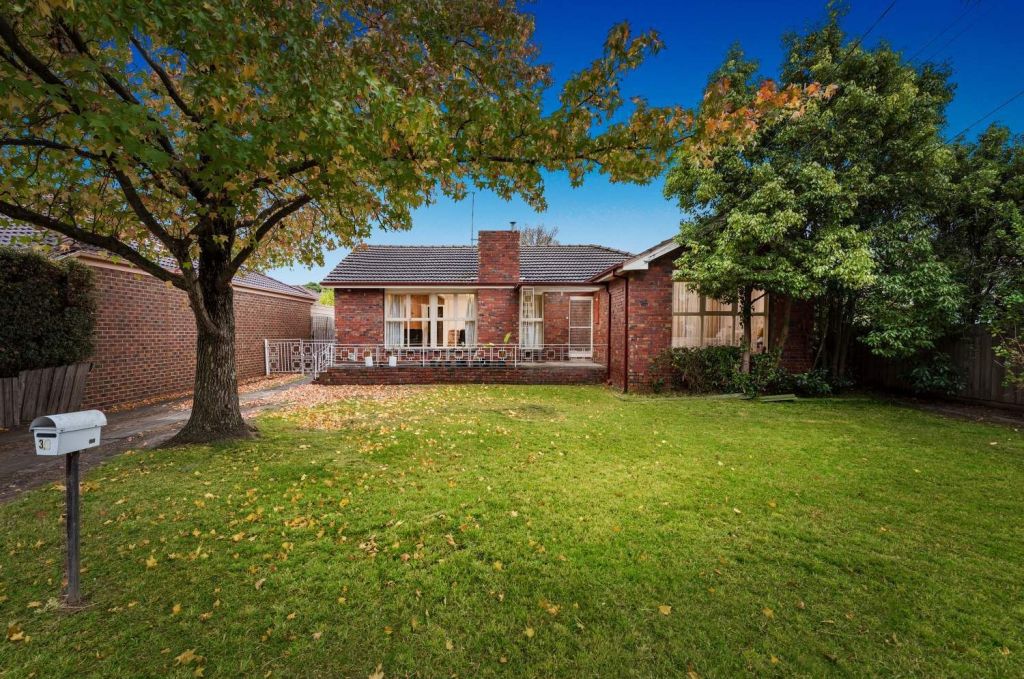
Saving for a deposit can be one of the most time-consuming and arduous undertakings for Australians hoping to get on the property ladder.
With the cost of living having risen substantially, and interest rates creeping up to 2.6 per cent after six consecutive rises, would-be home owners are left feeling deflated.
While a tough property market could easily convince many first-time buyers to throw in the towel on their property goals, Domain Home Loan specialist Marcus Russell says people need to understand that while the market changes, their goal should not.
“The market will always fluctuate going into the future, nevertheless your goal shouldn’t falter,” he says. “If home owners have committed themselves to what they want to achieve, it will happen, regardless of exterior factors.”
Here are 10 actionable things experts say first-home buyers can do right now to reach their deposit goal faster.
1. Organise a chat with a finance professional
Teeing up a conversation with someone who knows what’s going on in the property market is fundamental in helping would-be home owners hit their deposit targets. Talking to a professional can help break down costs and how they will affect the overall amount needed to be saved, Russell says.
“Having a conversation with them sets expectations about what property price you can achieve, and thereby knowing how much you need for a deposit,” he says.
2. Set up a direct debit to your savings account
Setting up a direct debit for the day your pay comes in can help first-home buyers reach their goals “much faster”, Domain Home Loans specialist Natalie Abel says.
Many lenders require proof that their customers are saving regularly before they will consider a loan application. By automating payments from one account to another, the savings process is made more efficient and lenders can see their customers committing to ongoing savings. Win-win.
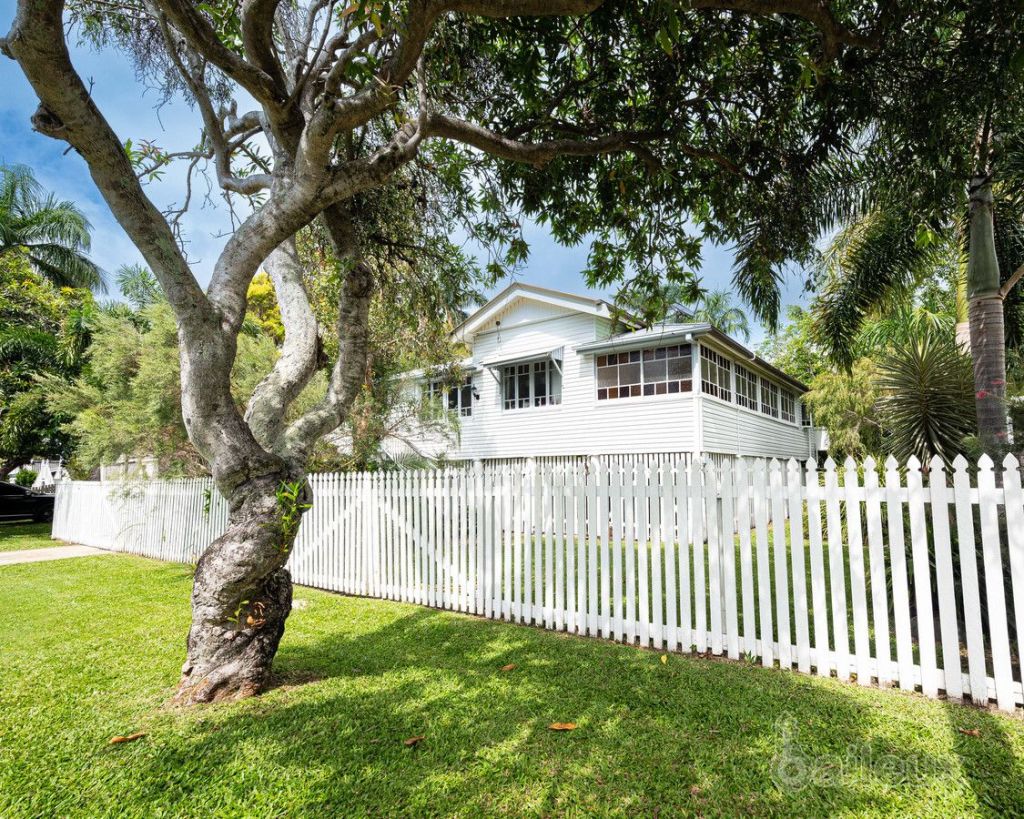
3. Set realistic expectations
In the current climate, first-home buyers need to consider that they may only be able to buy something “conservative” for their first purchase, Russell says.
“Review your goals and decide if getting a foot in the door is more important than saving and waiting longer. Often getting your foot in the door is a good idea,” he says. “Once that first purchase is complete, this opens up other roads to achieve the next property.”
4. Have multiple bank accounts
Having multiple bank accounts gives people an understanding of how much they’re spending and how much they should reduce that by to reach their deposit, Russell says.
“Having one account to save, one to get paid into, and one to spend from motivates people to save more. Seeing your deposit grow – even if by 1 or 100 dollars – will show you that it is possible,” he says. “It will also give you an understanding of how much you’re spending, and how much you can shave off that figure to instead commit to your deposit.”
5. Know your expenses
From the smallest of outgoings to large purchases, it’s key to have a comprehensive view of expenses, Russell says. Seeing expenses written down can often bring clarity and make room for organising what percentage of money goes where, and where people are overspending.
“Use respective banks’ online tools, or a traditional expenses spreadsheet – whatever helps you the most. Break them down and, importantly, be honest with yourself.”
6. Create a budget and stick to it
Sticking to a strict budget is one of the hardest yet most important things when it comes to getting a deposit together, and reducing unnecessary spending can be a great way to reach a financial goal quicker, Abel says.
“Review subscriptions and other automatic transactions and see if you could live without any,” she says. “Savings comes hand in hand with spending; the more you spend, the less you can save, so be conscious of your spending.”
7. Ditch the debt
From paying off credit cards to downgrading a car, prioritising current debt makes way for bigger savings down the line.
Focusing on debt reduction before saving for a deposit is important for those wanting to buy in the near future who could otherwise find themselves unable to get rid of debt once they have mortgage repayments.
8. Set ‘no spend’ days
Though easier said than done, setting ‘no spend’ days is a sure-fire way to ramp up savings, says Abel.
Having set days in the month where the household doesn’t spend on things like take-outs, online shopping or going out — as long as all necessities are taken care of — can go a long way to helping people reach their deposit goals.
9. Make sure your savings account is receiving interest
While savings account rates aren’t increasing as fast as home loan rates, first-home buyers should make sure their savings account is receiving interest, Abel says.
“See if there is a bonus interest you can get for making only deposits into this account and no withdrawals in the month,” she says. “Savings interest is calculated daily and paid monthly.”
10. Socialise mindfully
Many Australians enjoy socialising, which can increase spending significantly.
As much as heading to the local watering hole can eat into people’s savings, there are ways to go about it that limit the impact. Going out only during happy hours, looking for places that do two-for-one specials for the family, or “quitting drinking altogether” while saving for a deposit goes a long way, Abel says.
We recommend
We thought you might like
States
Capital Cities
Capital Cities - Rentals
Popular Areas
Allhomes
More
